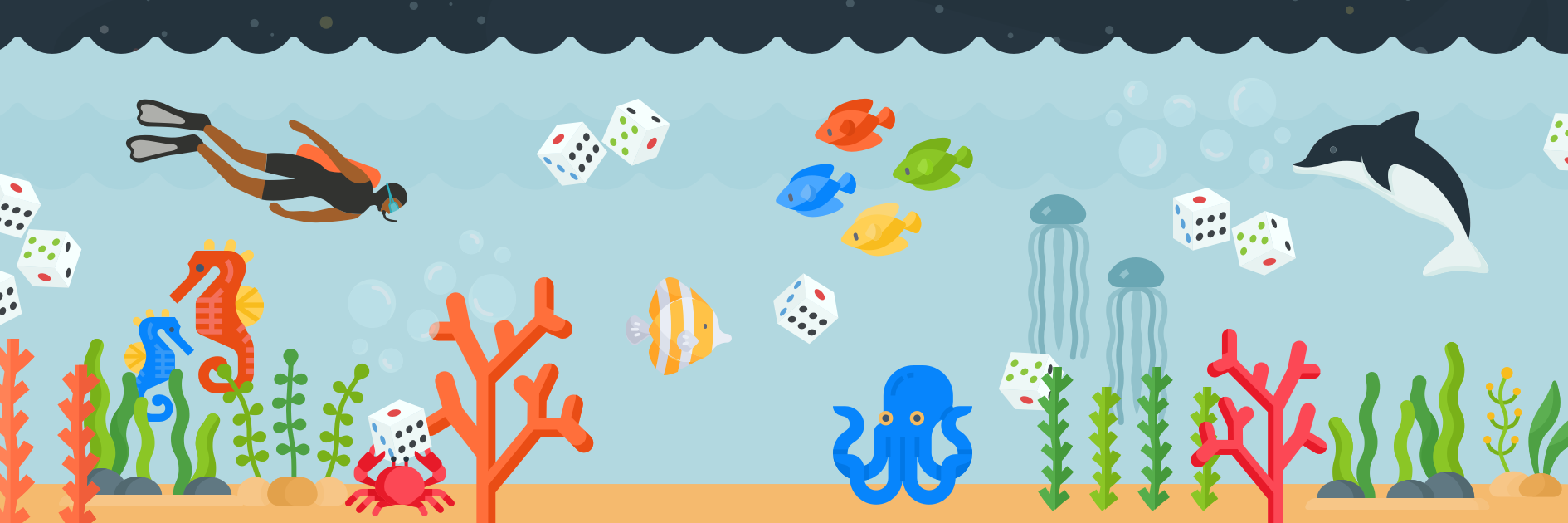48 Estimating probability
When estimating the chance of something occurring, most of us make estimates based on our intuition and prior experience.
For example, when it’s cold and cloudy we expect the chance of rain to be higher than when it’s blue skies as far as we can see. So let’s start by having a look at a few scenarios that effectively represent a guess.
Likelihoods
 |
Have a think about what the probability is of the following events occurring. In your mind, rank the likelihood from 0 (not possible) to 10 (it will definitely happen). Try to think of the reason you’d pick that rating as you go.
|
The language of probability
It’ll be easier to have a discussion about probability if you’re familiar with a few common terms. The following terms were emphasised in the above video:
- Event – a description of something that can be said to happen or not – e.g. flipping a head on a coin, a train arriving on time. The flipping of the coin itself is not an event – unless we’re concerned with the probability of someone actually deciding to flip a coin.
- Trial – usually used in simulation – an opportunity for an event to occur. If we’re interested in the probability of flipping a head, the trial would be the flipping of the coin.
- Sample space – the set of potential events that can occur – e.g. if you flip a coin, the sample space would be {head,tail}, whereas if you roll a die, the sample space is {1,2,3,4,5,6}.
- It also discussed gathering data, generating data through real simulation or computer simulation, and theoretical calculation.
Doubles
Some of the questions below can be difficult. Don’t spend more than half an hour all together on these.

|
You have a pair of standard, six-sided dice.
|


